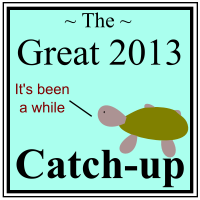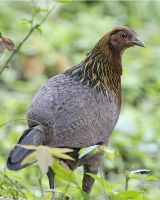This group, which includes at least three well-established genera of Saurians, is characterized by a large sacrum composed of five anchylosed vertebrae of unusual construction, by the height and breadth and outward sculpturing of the neutral arch of the dorsal vertebrae, but the twofold articulation of the ribs to the vertebrae, viz. at the anterior part of the spine by a head and tubercle, and along the rest of the trunk by a tubercle attached to the transverse process only; by broad and sometimes complicated coracoids and long and slender clavicles, whereby Crocodilian characters of the vertebral organs also exhibit the same transitional or annectent characters in a greater or less degree. The bones of the extremities are of large proportional size, for Saurians; they are provided with large medullary cavities, and with well developed and unusual processes, and are terminated by metacarpal, metatarsal and phalangeal bones, which, with the exception of the ungual phalanges, more or less resemble those of the heavy pachydermal Mammals, and attest, with the hollow long-bones, the terrestrial habits of the species.
That’s how, in 1842, Richard Owen described “a distinct tribe or sub-order of Saurian Reptiles, for which I would propose the name of Dinosauria“, a group of organisms which needs no further introduction. But what, 170 years later, can be properly classified as a dinosaur? Former highschool science teacher Brian Thomas thinks he knows better than today’s scientists. He wrote on Wednesday, in “Four-Winged Dinosaur Definition Doesn’t Fly“: Continue reading








